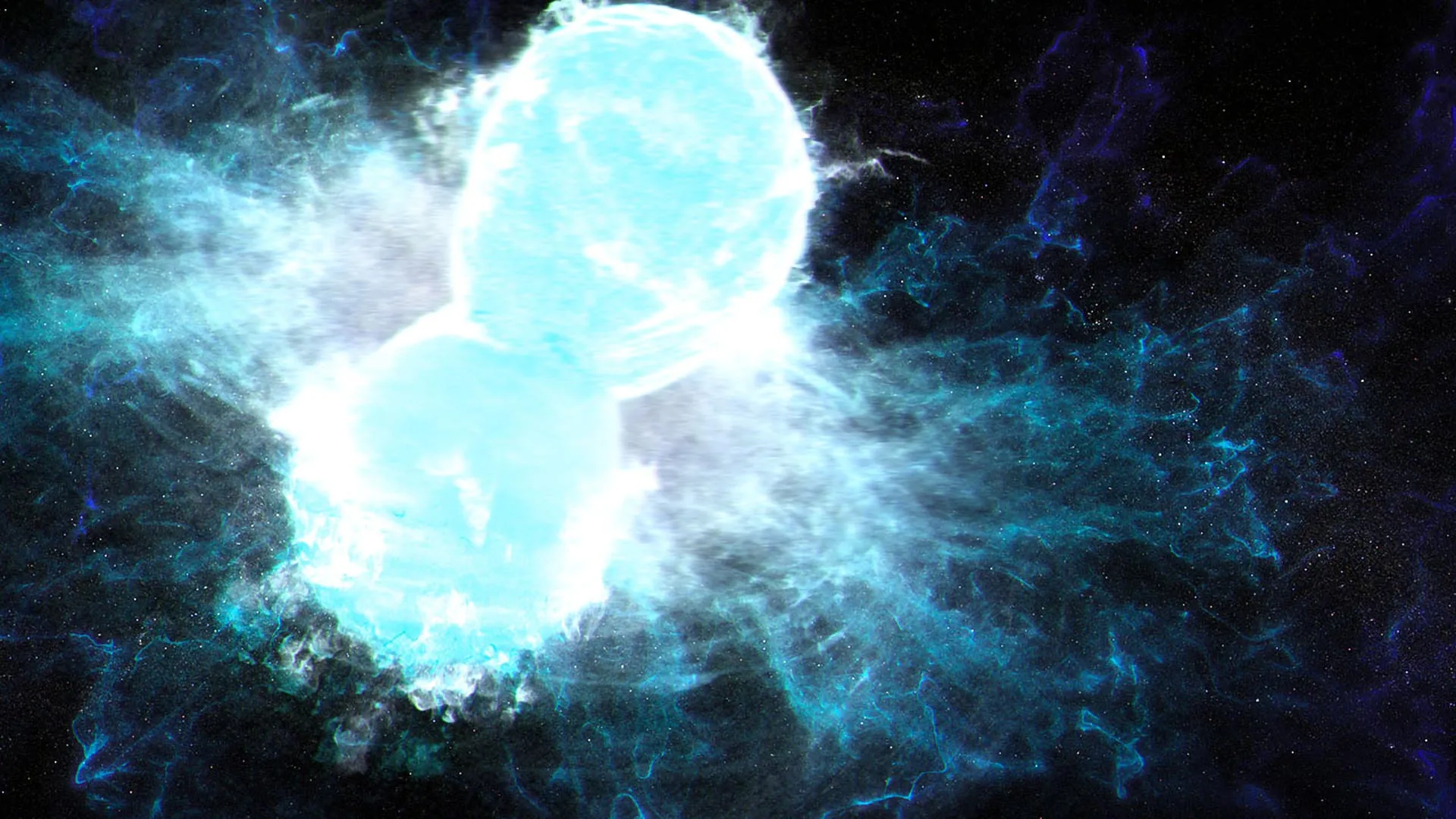Scientists predict one of the major surveys by NASA’s upcoming Nancy Grace Roman Space Telescope may reveal around 100,000 celestial blasts, ranging from exploding stars to feeding black holes. Roman may even find evidence of some of the…
Category: 2. Space
-
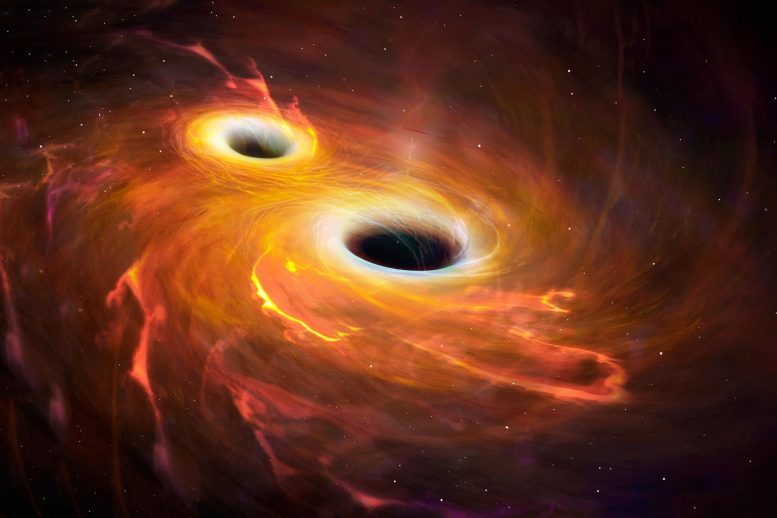
Are We Misreading the Universe? New Method Could Unveil Secrets of Colliding Black Holes
Scientists have developed a more precise method for analyzing gravitational waves, offering a sharper view into the Universe’s most violent and mysterious collisions. A newly developed technique for analyzing gravitational-wave data could…
Continue Reading
-
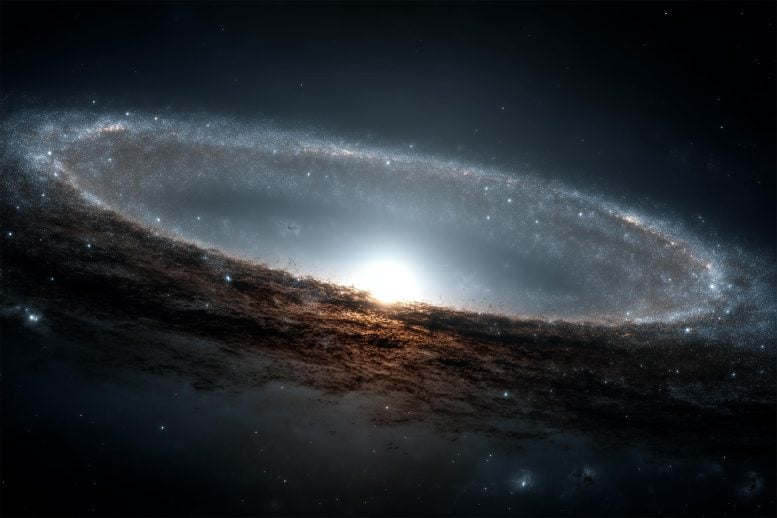
Why Does Matter Exist? Scientists Discover Unexpected New Clue
New research predicts surprisingly large CP violation effects in charmed baryon decays, an essential step toward solving the universe’s matter-antimatter imbalance. Scientists have long been intrigued by one of the universe’s most enduring…
Continue Reading
-
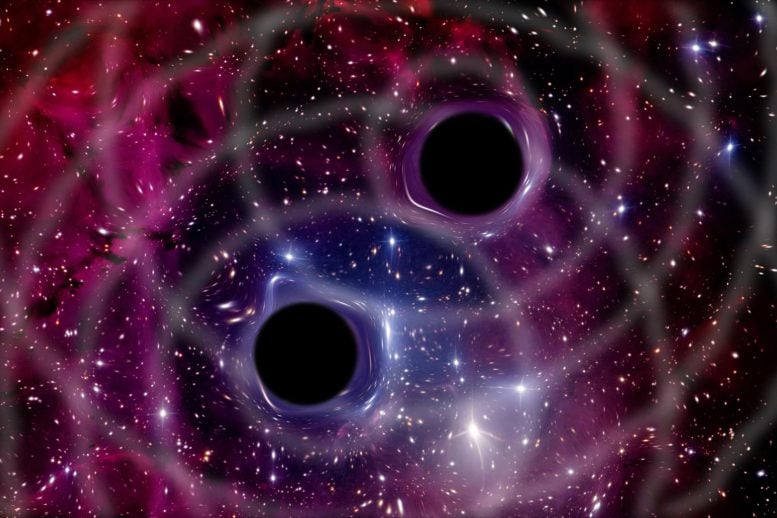
LIGO Detects Black Hole Smashup So Extreme It’s Bending Einstein’s Rules
A record-breaking black hole collision has stunned scientists with its sheer scale and speed. Detected by the LIGO-Virgo-KAGRA observatories, the event merged two enormous black holes—each over 100 times the mass of the Sun—into a single,…
Continue Reading
-
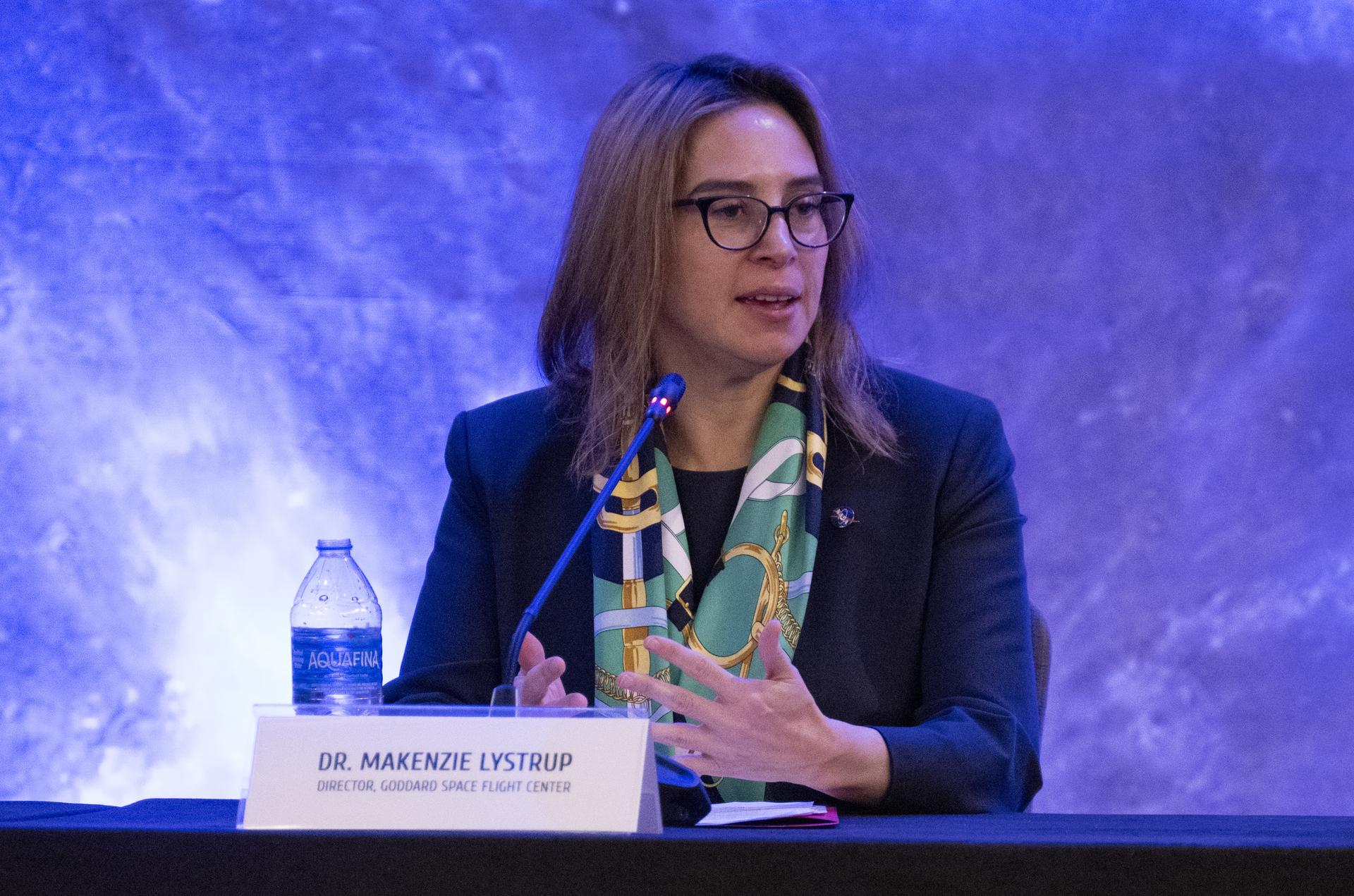
NASA Goddard director to step down
LAS VEGAS — The head of NASA’s Goddard Space Flight Center is resigning while hundreds of current and former agency employees voice their concerns about the direction of NASA under the new administration.
To continue reading this…
Continue Reading
-
The Transit Signal of KOI-1755 Originates from a Background Eclipsing Binary Star—Extracting the Light Curve of a Faint Background Star from Kepler Target Pixel File Data
KOI-1755 (KIC 5302006) was initially identified by the Kepler mission as a candidate exoplanet host but subsequently classified as a false positive due to suspected background contamination. The target star itself exhibits intrinsic stellar…
Continue Reading
-
Near-infrared Polarimetry of the Massive Young Star W33A in the Godzilla Nebula: Detection of Linear and Circular Polarization
We have performed the first near-infrared linear and circular imaging polarimetry of the massive W33A star-forming region. Large linear polarization is detected in the very red and extended (∼1 pc projected length) infrared nebulae with a…
Continue Reading
-
HD 35843: A Sun-like Star Hosting a Long-period Sub-Neptune and Inner Super-Earth
We report the discovery and confirmation of two planets orbiting the metal-poor Sun-like star HD 35843 (TOI 4189). HD 35843 c is a temperate sub-Neptune transiting planet with an orbital period of 46.96 days that was first identified by Planet…
Continue Reading
-
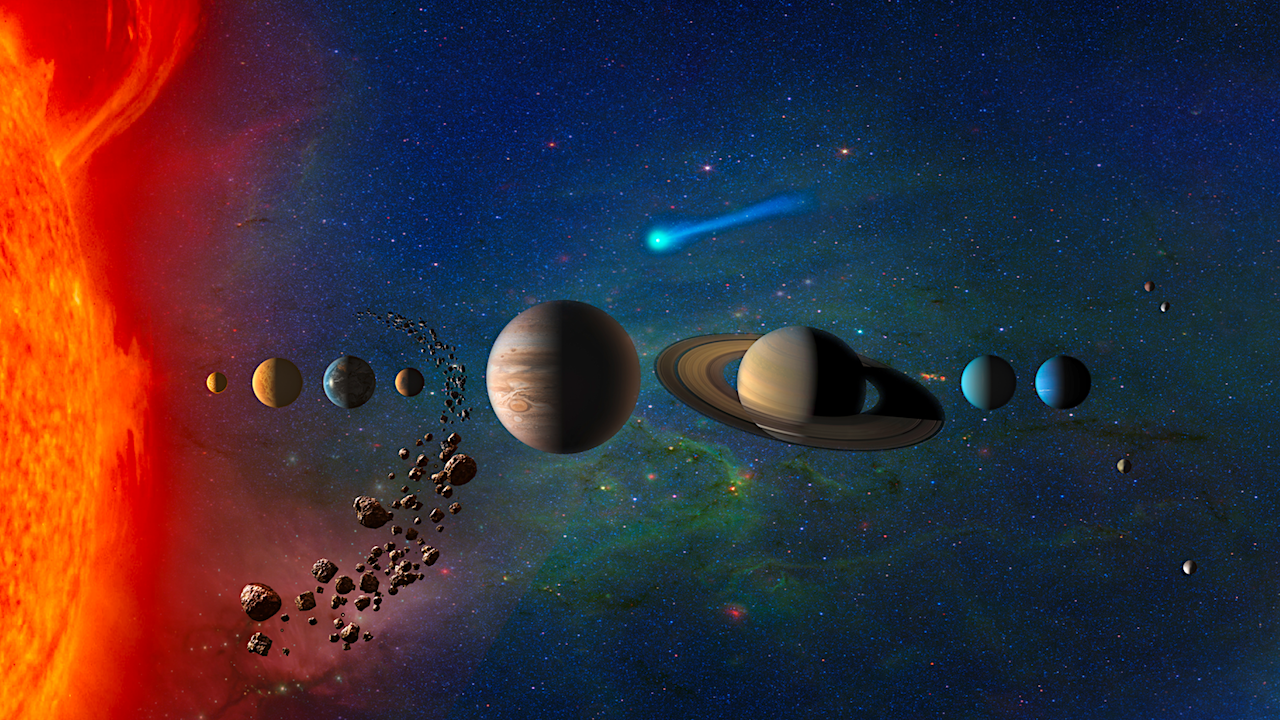
NASA Research Opportunities in Space and Earth Science (ROSES) Webinar
Explorers Club Fellow, ex-NASA Space Station Payload manager/space biologist, Away Teams,…
Continue Reading
